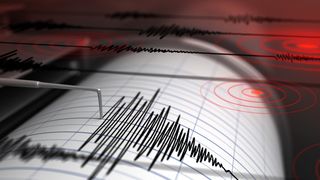
Daisy Dobrijevic
Daisy Dobrijevic joined Space.com in February 2022 having previously worked for our sister publication All About Space magazine as a staff writer. Before joining us, Daisy completed an editorial internship with the BBC Sky at Night Magazine and worked at the National Space Centre in Leicester, U.K., where she enjoyed communicating space science to the public. In 2021, Daisy completed a PhD in plant physiology and also holds a Master's in Environmental Science, she is currently based in Nottingham, U.K. Daisy is passionate about all things space, with a penchant for solar activity and space weather. She has a strong interest in astrotourism and loves nothing more than a good northern lights chase!
Latest articles by Daisy Dobrijevic

Powerful solar flare erupts from hidden sunspot sparking widespread radio blackouts (video)
By Daisy Dobrijevic published
The explosive solar flare erupted from a hidden sunspot on May 16 at 12:43 pm EDT (1643 GMT) triggering widespread radio blackouts.

21 amazing dark sky reserves around the world
By Elizabeth Howell last updated
Reference The International Dark-Sky Association (IDA) is working to preserve the night sky. Here's a look at its 21 certified dark sky reserves around the world.

Stephen Hawking biography: Theories, books & quotes
By Nola Taylor Tillman, Daisy Dobrijevic last updated
Reference Delve into the life and theories of Stephen Hawking; one of the greatest theoretical physicists in history.

How hot is the sun?
By Daisy Dobrijevic last updated
Reference The sun's temperature varies from around 27 million degrees Fahrenheit (15 million degrees Celsius) in the core to about 10,000 degrees F (5,500 degrees C) at the surface.
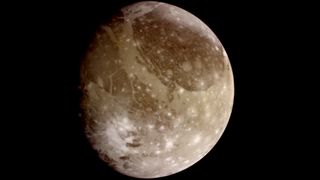
Ganymede: A guide to the largest moon in the solar system
By Kim Zimmermann last updated
Reference Jupiter's moon Ganymede is the largest moon in the solar system and likely has a salty ocean underneath its icy surface. We explore the moon in more detail here.

Europa: A guide to Jupiter's icy moon
By Elizabeth Howell last updated
Reference Europa is an icy moon of Jupiter and one of the four so-called Galilean moons of Jupiter. See more facts about Europa and its history here.
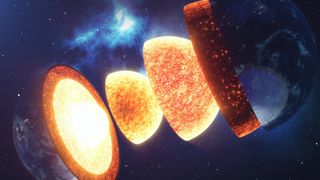
Earth's layers: Exploring our planet inside and out
By Daisy Dobrijevic last updated
Reference Earth is made up of several layers: the lithosphere, asthenosphere, lower mantle (also known as mesospheric mantle), outer core and inner core.
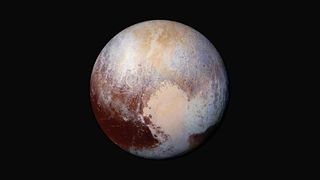
Pluto: Everything you need to know about the dwarf planet
By Charles Q. Choi, Scott Dutfield last updated
Reference Pluto was once considered the ninth planet in the solar system, it was demoted in 2006 to dwarf planet status. We explore this icy body in more detail here.
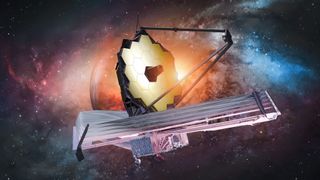
James Webb Space Telescope (JWST) — A complete guide
By Elizabeth Howell, Daisy Dobrijevic last updated
Reference Everything you need to know about the James Webb Space Telescope, NASA's Big Bang-probing space observatory.
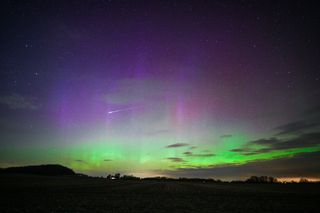
Severe solar storm slams into Earth and sparks stunning auroras around the world (photos)
By Daisy Dobrijevic published
Dazzling aurora displays — triggered by a severe solar storm — have been seen around the world. We take a look at some of the best photos here.

Redshift and blueshift: What do they mean?
By Elizabeth Howell, Daisy Dobrijevic last updated
Reference Redshift and blueshift describe the change in the frequency of a light wave depending on whether an object is moving towards or away from us.
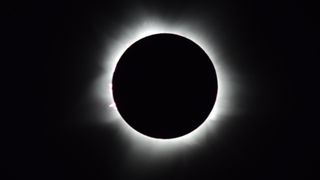
Rare hybrid solar eclipse 2023 delights South Pacific skywatchers (photos)
By Daisy Dobrijevic published
A rare hybrid solar eclipse on April 20 was captured by skywatchers in the South Pacific. We take a look at some of the best photos and videos from the once-in-a-decade event.
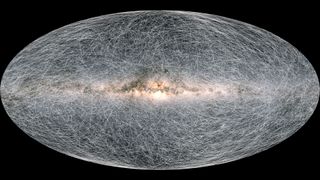
Milky Way galaxy: Everything you need to know about our cosmic neighborhood
By Tereza Pultarova, Daisy Dobrijevic last updated
Reference We are living in a golden age of Milky Way research and exploration.
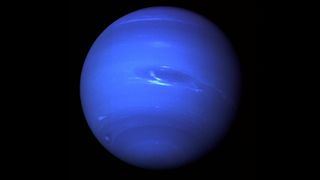
Neptune: A guide to the windy eighth planet from the sun
By Charles Q. Choi last updated
Reference Neptune is the farthest planet from the sun and was the first to be predicted before it was discovered.
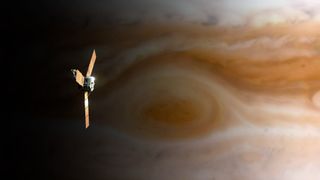
How long does it take to get to Jupiter?
By Daisy Dobrijevic published
Reference How long it takes to get to Jupiter depends on the position and available technology. Here we explore how long a trip to the gas giant would take.

Astrophotographer captures Vela supernova remnant in exquisite detail
By Daisy Dobrijevic published
Astrophotographer captures stunning image of Vela supernova remnant. The dramatic scene is located in the constellation Vela in the Southern Hemisphere sky.
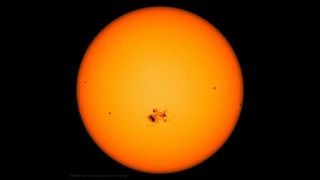
Sunspots: What are they, and why do they occur?
By Daisy Dobrijevic last updated
Reference Sunspots are cooler, planet-size regions of strong magnetic fields on the surface of the sun. Explore sunspots in more detail with our comprehensive guide.

Jupiter missions: Past, present and future
By Daisy Dobrijevic published
Reference A rundown of every mission to Jupiter past to present, as well as the new ones on the horizon.
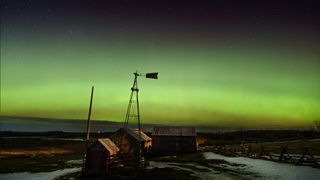
Strongest solar storm in nearly 6 years slams into Earth catching forecasters by surprise
By Daisy Dobrijevic published
A stealthy solar storm surprised forecasters, causing spaceflight delays and incredible aurora displays as far south as New Mexico.
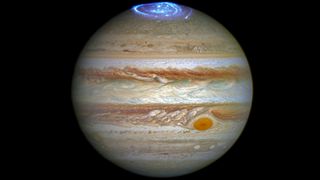
Jupiter: A guide to the largest planet in the solar system
By Charles Q. Choi last updated
Reference Jupiter is the biggest planet in the solar system and has 79 moons. Learn more about the gas giant in our ultimate guide.
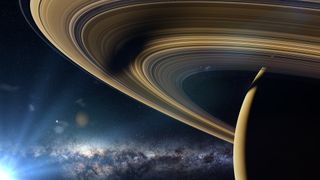
Saturn: Everything you need to know about the sixth planet from the sun
By Charles Q. Choi last updated
Reference Saturn is the sixth planet from the sun and the second-largest planet in the solar system. We explore this gas giant in more detail here.

UK launches Space City Leicester to push into the final frontier
By Daisy Dobrijevic published
A UK 'Space City' cluster has been established in Leicester, creating one of the biggest Enterprise Zones for space-related activities in the U.K.

Full Worm Moon, the last full moon of winter 2023, looks stunning in photos from around the world
By Daisy Dobrijevic published
March's full moon looks stunning in these photographs from around the world. The Worm Moon is the last winter full moon for skywatchers in the Northern Hemisphere.
Get the Space.com Newsletter
Breaking space news, the latest updates on rocket launches, skywatching events and more!
